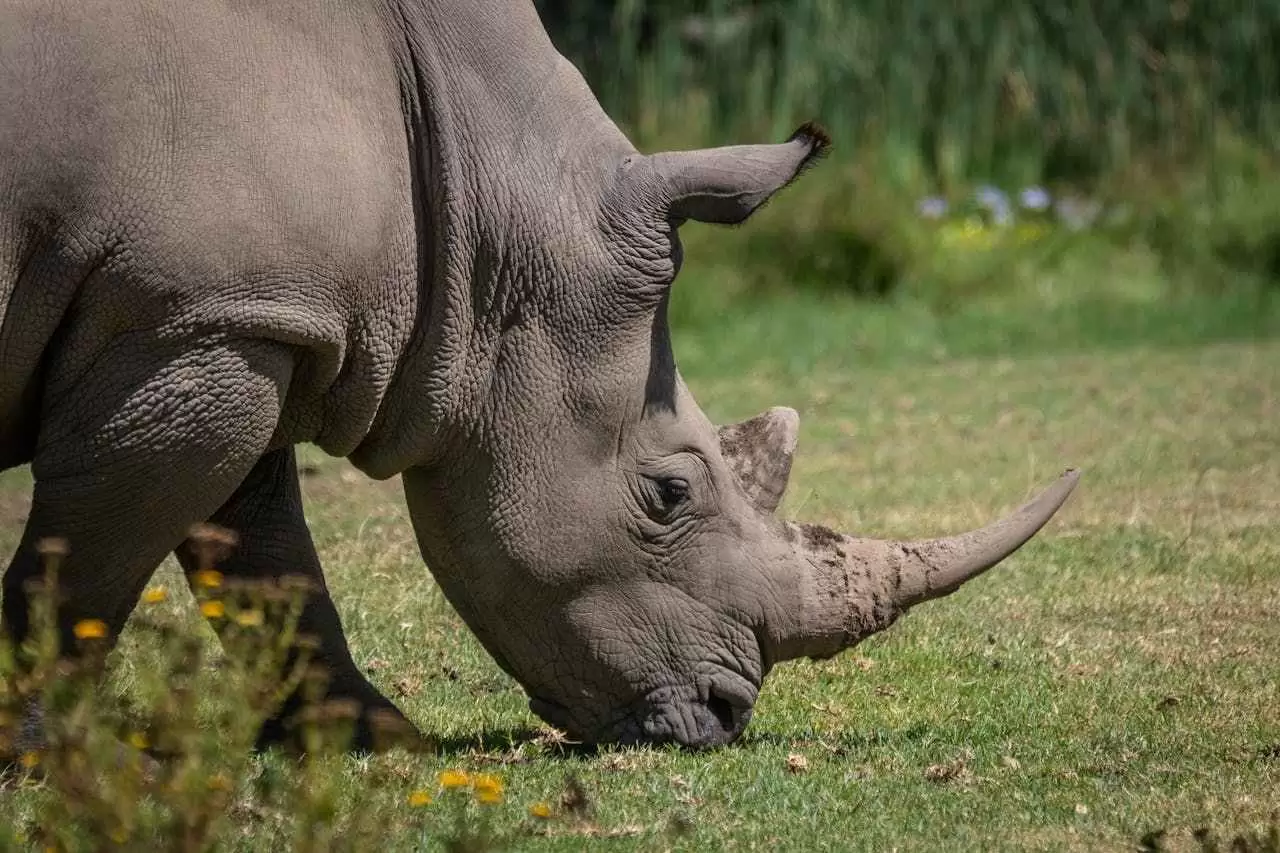
Welcome to Kaziranga National Park, a UNESCO World Heritage Site and India’s greatest wildlife success story. Stretching across the floodplains of the mighty Brahmaputra River in Assam, Kaziranga is renowned as the home of the one-horned rhinoceros, a species that was once on the brink of extinction but is now thriving due to decades of conservation efforts.
But Kaziranga is more than just rhinos. It’s a vibrant ecosystem of elephants, tigers, swamp deer, wild buffaloes, and over 500 bird species, making it a paradise for nature lovers and wildlife photographers. With its vast grasslands, wetlands, and dense forests, Kaziranga National Park offers one of the best wildlife safari experiences in India.
Spread over 430 square kilometres, Kaziranga lies between the Golaghat and Nagaon districts of Assam. Declared a national park in 1974, it is recognised as one of the most biodiverse areas in the world.
The park is divided into four zones for safaris:
Central Range (Kohora) – The most popular and scenic route.
Western Range (Bagori) – Best for spotting rhinos and elephants.
Eastern Range (Agaratoli) – Famous for birdwatching.
Burapahar Range – Ideal for trekking and nature walks.
Kaziranga represents the raw wilderness of Northeast India, where nature reigns supreme and wildlife roams free.
The Indian one-horned rhinoceros, or Rhinoceros unicornis, is the symbol of Kaziranga. With over 2,400 individuals, it harbours two-thirds of the world’s population of this species.
Spotting these majestic creatures grazing peacefully in the misty grasslands during a morning safari is an unforgettable experience. The rhino’s success story also reflects India’s commitment to wildlife conservation, turning Kaziranga into a global model for habitat protection.
Kaziranga is often referred to as the Serengeti of the East due to its rich and diverse wildlife. Apart from rhinos, you can find:
Royal Bengal Tigers: Kaziranga has one of the highest tiger densities in India.
Asian Elephants: Frequently seen during safaris, moving in herds across the plains.
Wild Water Buffalo: A rare and endangered species that thrives here.
Swamp Deer & Hog Deer: Commonly found near wetlands.
Birds: More than 500 species, including Great Indian Hornbill, Adjutant Stork, Pallas’s Fish Eagle, and Bengal Florican.
It’s a paradise for birdwatchers, wildlife photographers, and adventure seekers.
Safari Experience in Kaziranga
The best way to explore Kaziranga’s wild beauty is through Jeep and Elephant Safaris, both of which offer unique perspectives of the park.
Jeep safaris cover larger distances and are perfect for photographers. You can choose morning or afternoon slots. They take you deep into the heart of the park, where you can spot rhinos, elephants, deer, and even the elusive tiger if you’re lucky.
Popular Jeep Safari Zones:
Bagori (Western Range) – Best for rhino sightings.
Kohora (Central Range) – Balanced for all wildlife and landscapes.
Agaratoli (Eastern Range) – Perfect for bird lovers.
A truly magical experience, elephant safaris allow you to get up close to rhinos safely and securely. These safaris are conducted early in the morning when the light is soft, the mist still hangs low, and the animals are most active.
Pro tip: Book your safaris in advance, especially during peak season (December–April).
Kaziranga’s beauty changes with every season, but the best time for wildlife sightings is during the dry season.
November to April: The best time to visit Kaziranga. The weather is pleasant, and animals are easily spotted near water bodies.
May to October: The park remains closed during the monsoon (due to flooding and safety reasons).
Ideal months: February and March, when visibility is high and the forest is lush and vibrant.
Kaziranga is located about 200 km from Guwahati, the capital of Assam, and is easily accessible by road.
Nearest Airport: Lokpriya Gopinath Bordoloi Airport, Guwahati (217 km).
Jorhat Airport (97 km) is another good option for those coming from Upper Assam.
The nearest railway stations are Furkating (75 km) and Guwahati (200 km).
Kaziranga is well-connected via NH-715, with regular buses and taxis from Guwahati, Jorhat, and Tezpur.
Kaziranga offers a variety of accommodations, from luxury resorts to eco-friendly lodges and budget homestays.
Top Stays:
IORA – The Retreat: A premium resort with lush surroundings and excellent amenities.
Infinity Resort Kaziranga: Offers comfort with a touch of wilderness.
Wild Grass Lodge: Classic jungle-style accommodation for true wildlife lovers.
Budget options: Local homestays and government lodges in Kohora and Bagori ranges.
Tip: Stay near the Central or Western Range for easy access to the safari.
Savour traditional Assamese food during your stay in Kaziranga. Popular dishes include:
Assamese Thali: Rice, dal, fish curry, bamboo shoot pickle, and leafy greens.
Pitha (Rice Cakes) and Laru (Coconut Sweets) – Traditional Assamese snacks.
Smoked Pork & Chicken Curry: A local tribal delicacy.
Pair it with a cup of Assam Tea for an authentic taste of the region.
Kaziranga National Orchid Park: Home to over 600 orchid species, located near Kohora.
Brahmaputra River Cruise: Witness dolphins and stunning sunset views.
Hollongapar Gibbon Sanctuary: A few hours away, famous for India’s only ape species – the Hoolock Gibbon.
Kakochang Waterfall: A scenic waterfall near Bokakhat, great for picnics.
Tea Garden Visits: Explore lush tea estates and learn about Assam’s world-famous tea culture.
Book safaris and accommodations in advance during peak season.
Carry binoculars and a camera for wildlife photography.
Wear neutral-colored clothing and avoid loud noises during safaris.
Follow park rules, no littering or feeding animals.
Carry cash, as ATMs and card facilities are limited.